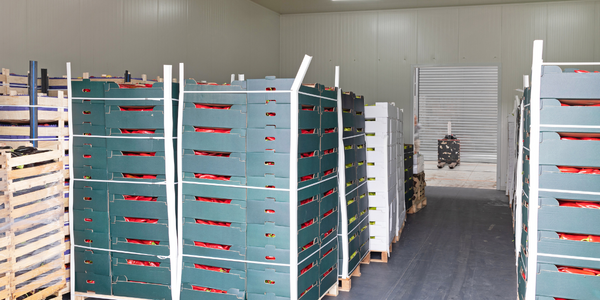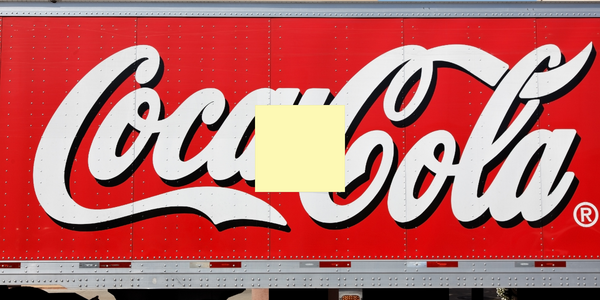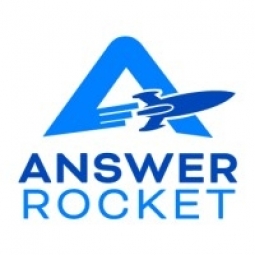公司规模
Large Corporate
地区
- America
国家
- United States
产品
- AnswerRocket
技术栈
- Natural Language Processing
实施规模
- Enterprise-wide Deployment
影响指标
- Customer Satisfaction
- Productivity Improvements
技术
- 分析与建模 - 自然语言处理 (NLP)
适用行业
- 食品与饮料
适用功能
- 销售与市场营销
用例
- 需求计划与预测
服务
- 数据科学服务
关于客户
食品服务奖励是业内最大的忠诚度计划,与 60,000 多家餐厅和 350 家食品制造商合作。厨师从 Sysco 和 US Foods 等分销商处购买产品可获得奖励,而 Tyson 和联合利华等制造商则可以了解下游客户的购买模式。利用这些数据,制造商可以通过提供有针对性的奖励来对抗替代品、扩大产品展示范围并销售更多产品。
挑战
Food Service Rewards 的传统数据分析平台面临挑战。该平台不够用户友好,只有经过技术培训的专家才能操作。数据查询请求不断堆积,导致出现瓶颈。此外,等到生成结果时,对该特定洞察的需求往往已经过去。要成功运行忠诚度计划,团队需要更快的洞察,帮助他们更好地了解客户流失和购买行为,从而创建更有效的促销活动。
解决方案
Food Service Rewards 采用了 AnswerRocket,这是一种使用自然语言查询的解决方案,让每个人(无论其技术水平如何)都可以查询数据并获得即时见解。AnswerRocket 每周可节省数小时的时间,让团队能够直接在 Zoom 通话中向客户展示关键数据见解。这些关于客户购买行为的见解是一个巨大的竞争优势,因为餐饮业的大多数制造商并不控制其分销。这种了解客户何时开始或停止购买的新发现增强了团队创建有针对性的促销活动和最大限度减少客户流失的能力。
运营影响

Case Study missing?
Start adding your own!
Register with your work email and create a new case study profile for your business.
相关案例.

Case Study
The Kellogg Company
Kellogg keeps a close eye on its trade spend, analyzing large volumes of data and running complex simulations to predict which promotional activities will be the most effective. Kellogg needed to decrease the trade spend but its traditional relational database on premises could not keep up with the pace of demand.

Case Study
HEINEKEN Uses the Cloud to Reach 10.5 Million Consumers
For 2012 campaign, the Bond promotion, it planned to launch the campaign at the same time everywhere on the planet. That created unprecedented challenges for HEINEKEN—nowhere more so than in its technology operation. The primary digital content for the campaign was a 100-megabyte movie that had to play flawlessly for millions of viewers worldwide. After all, Bond never fails. No one was going to tolerate a technology failure that might bruise his brand.Previously, HEINEKEN had supported digital media at its outsourced datacenter. But that datacenter lacked the computing resources HEINEKEN needed, and building them—especially to support peak traffic that would total millions of simultaneous hits—would have been both time-consuming and expensive. Nor would it have provided the geographic reach that HEINEKEN needed to minimize latency worldwide.

Case Study
Energy Management System at Sugar Industry
The company wanted to use the information from the system to claim under the renewable energy certificate scheme. The benefit to the company under the renewable energy certificates is Rs 75 million a year. To enable the above, an end-to-end solution for load monitoring, consumption monitoring, online data monitoring, automatic meter data acquisition which can be exported to SAP and other applications is required.

Case Study
Coca Cola Swaziland Conco Case Study
Coco Cola Swaziland, South Africa would like to find a solution that would enable the following results: - Reduce energy consumption by 20% in one year. - Formulate a series of strategic initiatives that would enlist the commitment of corporate management and create employee awareness while helping meet departmental targets and investing in tools that assist with energy management. - Formulate a series of tactical initiatives that would optimize energy usage on the shop floor. These would include charging forklifts and running cold rooms only during off-peak periods, running the dust extractors only during working hours and basing lights and air-conditioning on someone’s presence. - Increase visibility into the factory and other processes. - Enable limited, non-intrusive control functions for certain processes.

Case Study
Temperature Monitoring for Restaurant Food Storage
When it came to implementing a solution, Mr. Nesbitt had an idea of what functionality that he wanted. Although not mandated by Health Canada, Mr. Nesbitt wanted to ensure quality control issues met the highest possible standards as part of his commitment to top-of-class food services. This wish list included an easy-to use temperature-monitoring system that could provide a visible display of the temperatures of all of his refrigerators and freezers, including historical information so that he could review the performance of his equipment. It also had to provide alert notification (but email alerts and SMS text message alerts) to alert key staff in the event that a cooling system was exceeding pre-set warning limits.

Case Study
Coca-Cola Refreshments, U.S.
Coca-Cola Refreshments owns and manages Coca-Cola branded refrigerators in retail establishments. Legacy systems were used to locate equipment information by logging onto multiple servers which took up to 8 hours to update information on 30-40 units. The company had no overall visibility into equipment status or maintenance history.







